There’s community and consensus. But it’s no commune
A small movement with an ungainly name, cohousing is appealing to more people of retirement age – and younger – who no longer want to be isolated
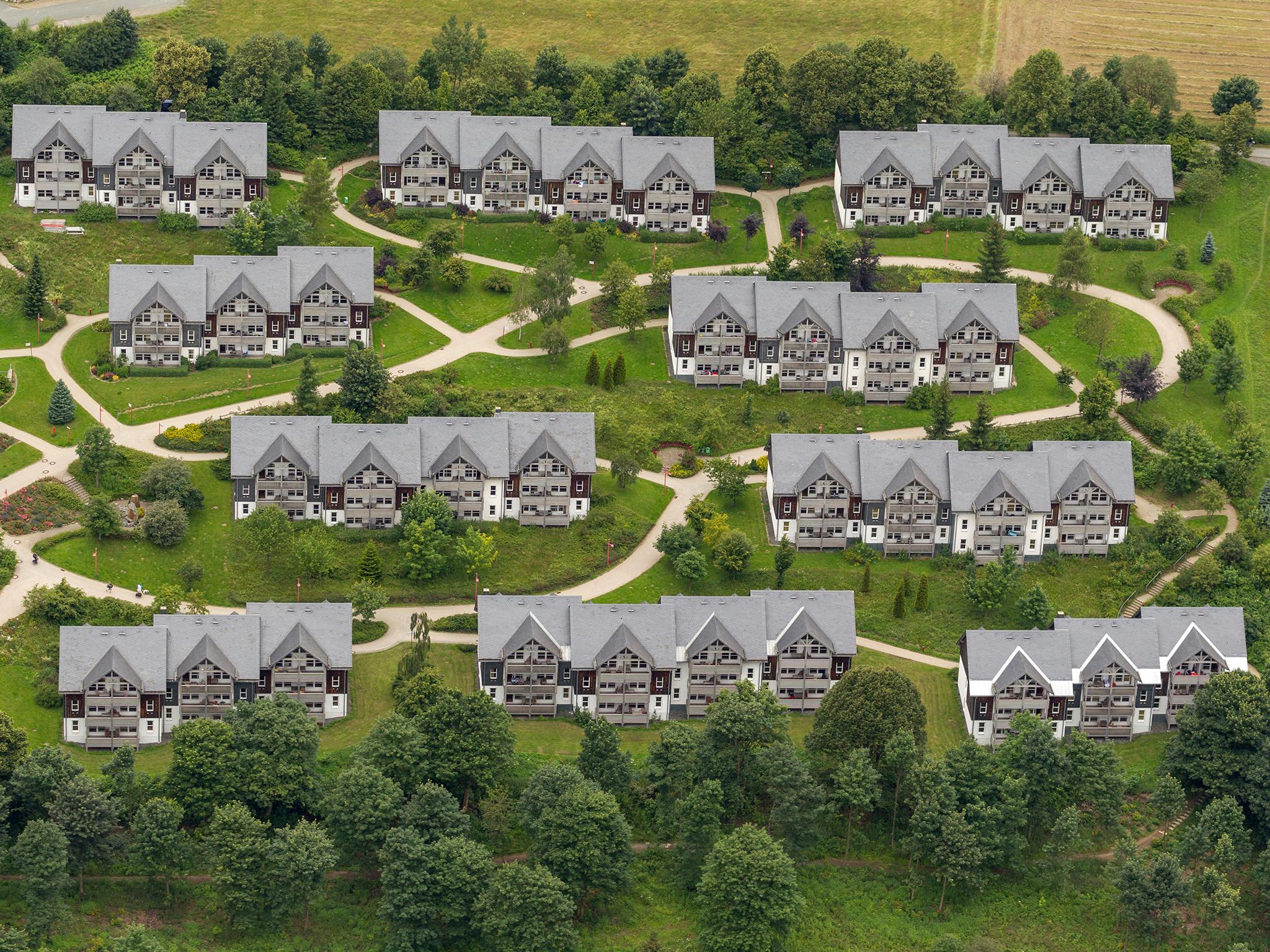
Your support helps us to tell the story
From reproductive rights to climate change to Big Tech, The Independent is on the ground when the story is developing. Whether it's investigating the financials of Elon Musk's pro-Trump PAC or producing our latest documentary, 'The A Word', which shines a light on the American women fighting for reproductive rights, we know how important it is to parse out the facts from the messaging.
At such a critical moment in US history, we need reporters on the ground. Your donation allows us to keep sending journalists to speak to both sides of the story.
The Independent is trusted by Americans across the entire political spectrum. And unlike many other quality news outlets, we choose not to lock Americans out of our reporting and analysis with paywalls. We believe quality journalism should be available to everyone, paid for by those who can afford it.
Your support makes all the difference.Moving into a new house that’s roughly a 90-second walk from that of your parents may not be the ideal living condition for most adults – in fact, for nine years that familial proximity provided most of the plot lines and barbed jokes of the TV comedy Everybody Loves Raymond – but that’s what drew Ben Brock Johnson, 37, to Amherst, Massachusetts.
In December, Ben, his wife and their newborn twins moved to a two-story, three-bedroom house in the Pioneer Valley Cohousing Community 120 yards from his parents, Jane and Kit Johnson.
“The house is probably the furthest away from my parents that it could be and still be within the community,” Ben Johnson says. “So there’s a nice buffer zone there.”
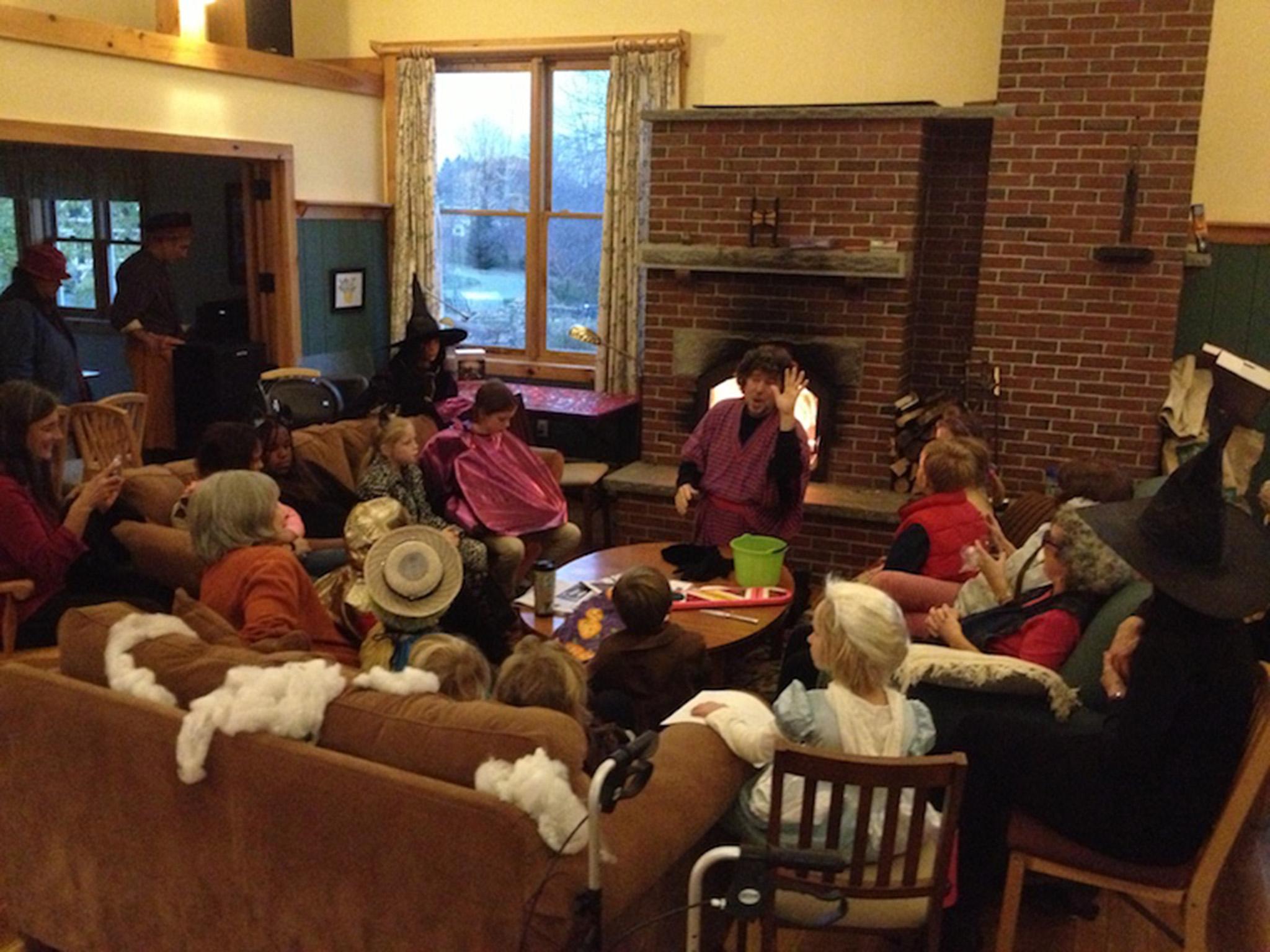
The 32-unit development on 23 acres of farmland is designed to encourage a cross section of people – young, old and in between – to live together in a village-like setting. That means more opportunities for Ben’s parents to see and care for their grandchildren, while still having their privacy.
“We did talk about boundaries, but that aside we are thrilled to have Ben nearby,” says Jane Johnson, 74, a retired librarian from Stonington, Connecticut, who moved to Pioneer Valley with Kit, also 74, in 2013.
Pioneer Valley is one of 165 cohousing communities in the US, with another 140 in the planning stages, according to the Cohousing Association of the United States. Most of these intentional communities are multigenerational, while a growing number are either predominantly or exclusively occupied by older residents. People own their own homes and can sell them on the open market. Residents pay into a fund to maintain facilities and collectively agree on how they should be used. Some, like Pioneer Valley, are rural. Others are suburban, and even urban.
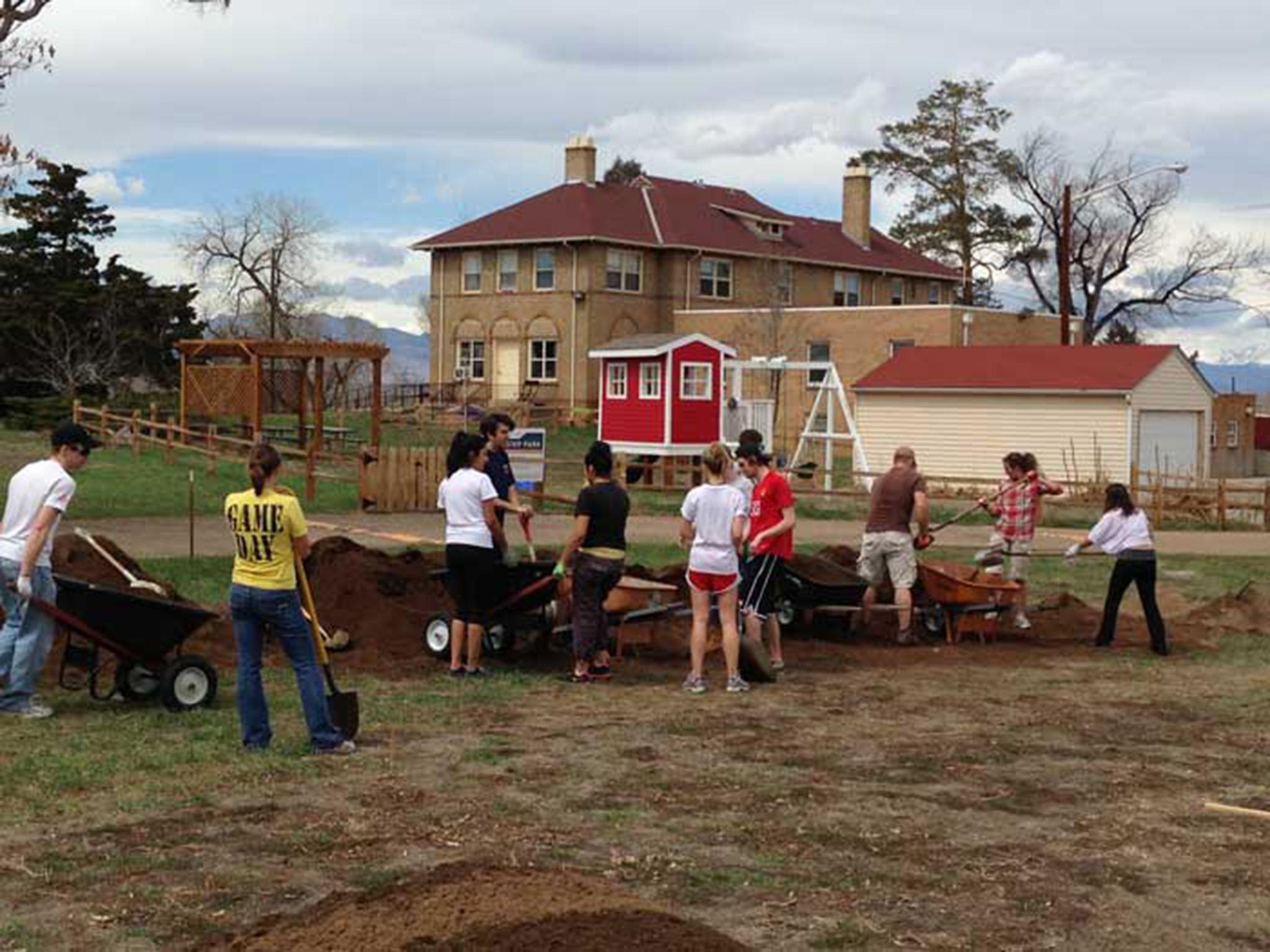
“A lot of cohousing is out in rural areas, but we wanted to be in the city to be near things,” says Janet Boys, 68, of Denver. She and her husband, Don McGuire, 73, left Philadelphia in August to move into the Aria Cohousing Community, a former convent close to Regis University in Colorado’s capital. The convent’s dwindling community of seven nuns vacated the building when they could no longer maintain it, said Aria’s developer, Susan Powers of Urban Ventures LLC in Denver. The initial group of residents, who in 2013 expressed interest in transforming the building into a cohousing community, had a bit in common with the previous tenants.
“They were a group of single women, empty-nesters, who each lived in a single-family home and didn’t want to live alone anymore,” Powers says. Aria, which opened in August, now includes men and residents of every age.
The self-determination of Aria’s founding residents is a hallmark of cohousing, along with clusters of homes or living spaces gathered around shared public areas.
The heart of each community is the common house, or a space, where group meals are offered once or twice a week, together with activities and events. Houses are connected by pathways. Instead of a lawnmower in every garage, there often are no attached garages. Cars are exiled to peripheral parking areas, while a single, shared lawnmower suits the needs of everyone.
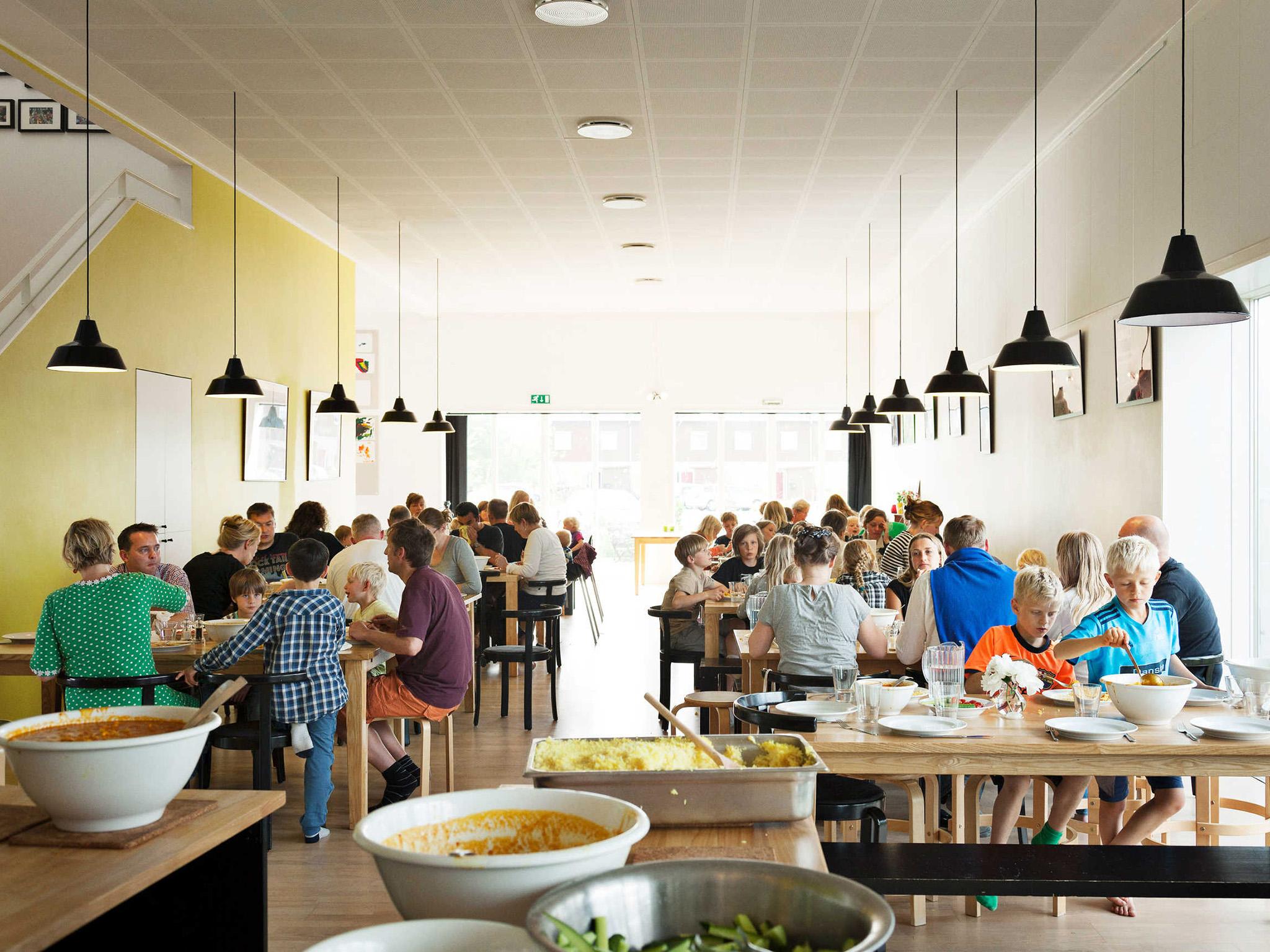
The common house is also where residents gather to make decisions about governance. Cohousing communities are most commonly set up as homeowners’ associations, with residents adhering to legally binding bylaws. Yet with cohousing, there is one critical difference.
“We are our own board, since most cohousing communities operate by consensus,” says Karin Hoskin, executive director of the Cohousing Association of the United States and a resident of Wild Sage, a cohousing community in Boulder, Colorado. Though typically not required, residents are expected, or at least encouraged, to attend the group dinners and pitch in where they feel most comfortable: maintaining the grounds, for example. When it comes to finalising decisions about maintaining common areas, or questions like noise levels in public spaces, the entire community must agree. The objective, Hoskin says, is to regain a lost sense of community.
“I know all of my neighbours,” she says. “If I need to borrow some eggs, I know which houses I can go to where they’ll probably have eggs. If they’re not home, there is a good chance I’ll have a key to their house. It’s really reminiscent of old-fashioned neighbourhoods.”
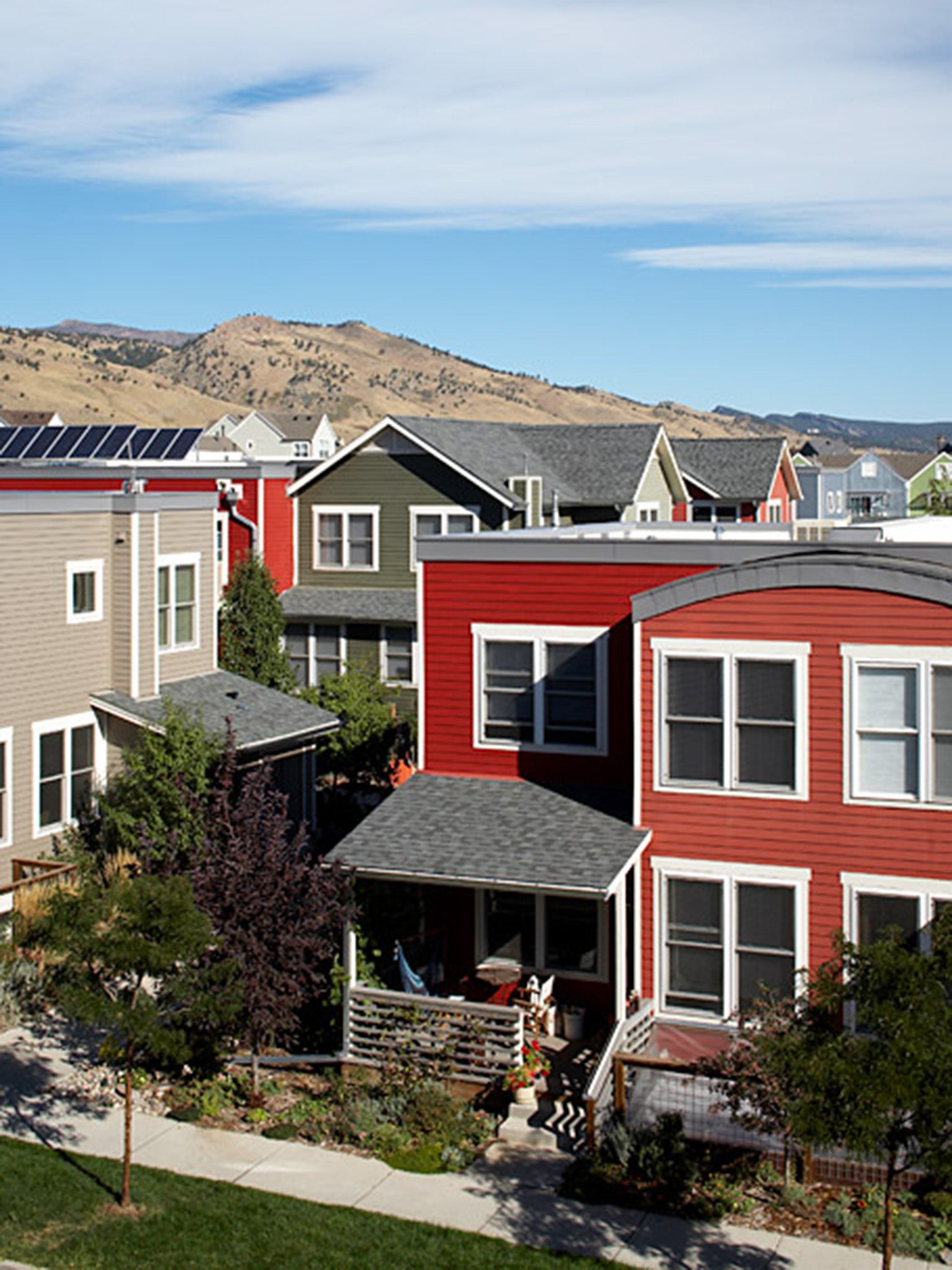
Cohousing can be traced to Copenhagen, Denmark, where the first “living communities”, or bofaellesskaber, opened in 1970. A decade later, two architecture students, Charles Durrett and Kathryn McCamant, were on a year abroad at the University of Copenhagen. During Durrett’s daily commute through mundane suburbs, he noticed one complex that stood out.
“People in this one development were always out there talking to each other, sitting at picnic tables drinking tea. There were children running from house to house, and people coming and going to this building, the common house, where nobody lived and apparently everybody lived,” he recalls.
Durrett and McCamant later married and, in 1984, returned to Denmark to learn more about the concept. In 1988, they self-published a book on the topic, and three years later built America’s first cohousing community, Muir Commons, in Davis, California. Since then, their Nevada City, California, firm, McCamant & Durrett Architects: The Cohousing Company, has designed 55 cohousing communities across the US, with more in development.
The momentum for cohousing has been growing. The National Building Museum in Washington notes the recent “boom in cohousing communities nationwide” in a current exhibition. One reason for the boom is that cohousing construction is seen as a good investment, says Richard Jenkens, director of social impact initiatives at the National Cooperative Bank, a Washington lender that finances cohousing projects.
Sixty-two percent of people polled in a Cohousing Research Network survey last spring said sale prices of cohousing units in their communities have been rising, according to an analyst for the network, Angela Sanguinetti. But substantial down payments are not always required for prospective residents. Many developments offer units eligible for Federal Housing Administration loans.
“I’ve seen some terrific examples of cohousing developments that incorporate a number of low-income units, as many as 20 to 40 per cent,” Jenkens said.
Still, there are those for whom cohousing might not work.
“Some people feel that cohousing is too much togetherness,” says social scientist Bella DePaulo, who wrote about cohousing in her book How We Live Now: Redefining Home and Family in the 21st Century. The model is also not for those who bristle at the self-governing element, she adds. Then there is cohousing’s association with hippies.
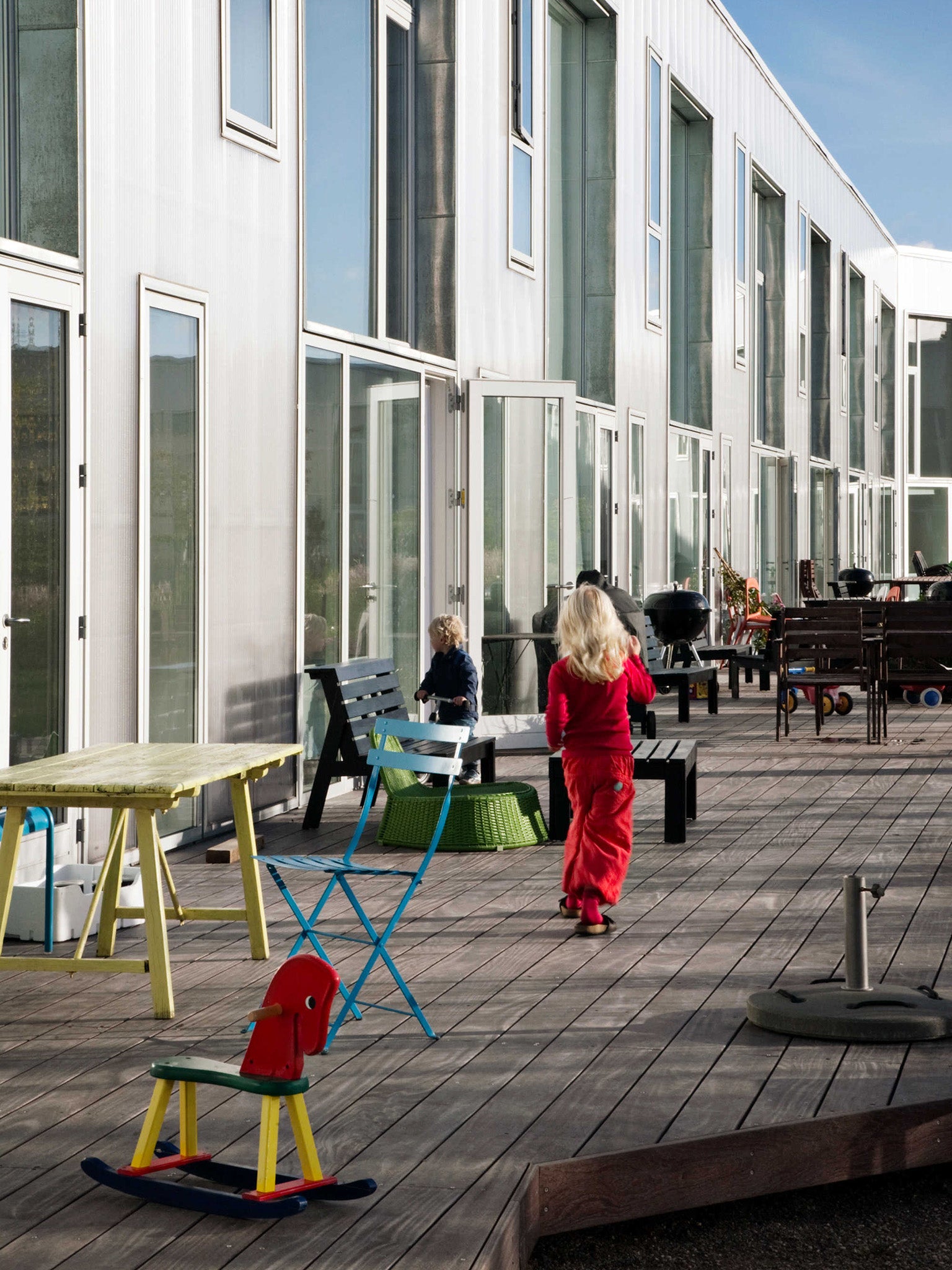
“People immediately think communes, but cohousing is not a commune where everyone lives under one roof,” DePaulo says.
For ageing hippies and baby boomers, however, dedicated cohousing for older people offers an alternative to a retirement home.
“It’s definitely a good ageing-in-place or downsizing model for people in their fifties and early sixties who still have quite a bit of life ahead of them but want to move out of the old family house because they want less maintenance,” says Jim Leach, 77, a founder of Silver Sage Village, a cohousing community of mostly old folk in Boulder.
Community living can also be a balm for the documented isolation and loneliness plaguing older Americans, which researchers say threatens public health. According to a 2010 AARP survey, social networks ease the loneliness that can follow the loss of a spouse or family members moving, Karin Hoskin says.
“People aren’t staying where they grew up anymore,” she adds, “and a huge trend among seniors is that they don’t have their siblings or their kids around them because they’ve gone away to university or moved out of state for a job. Living in a community can help people feel connected.”
© New York Times
Join our commenting forum
Join thought-provoking conversations, follow other Independent readers and see their replies
Comments